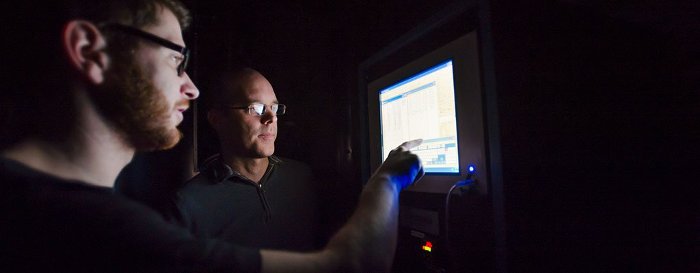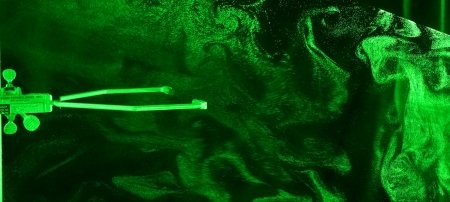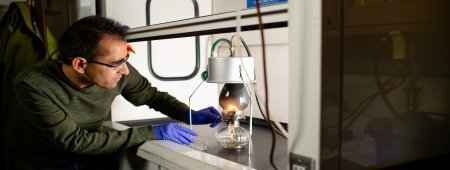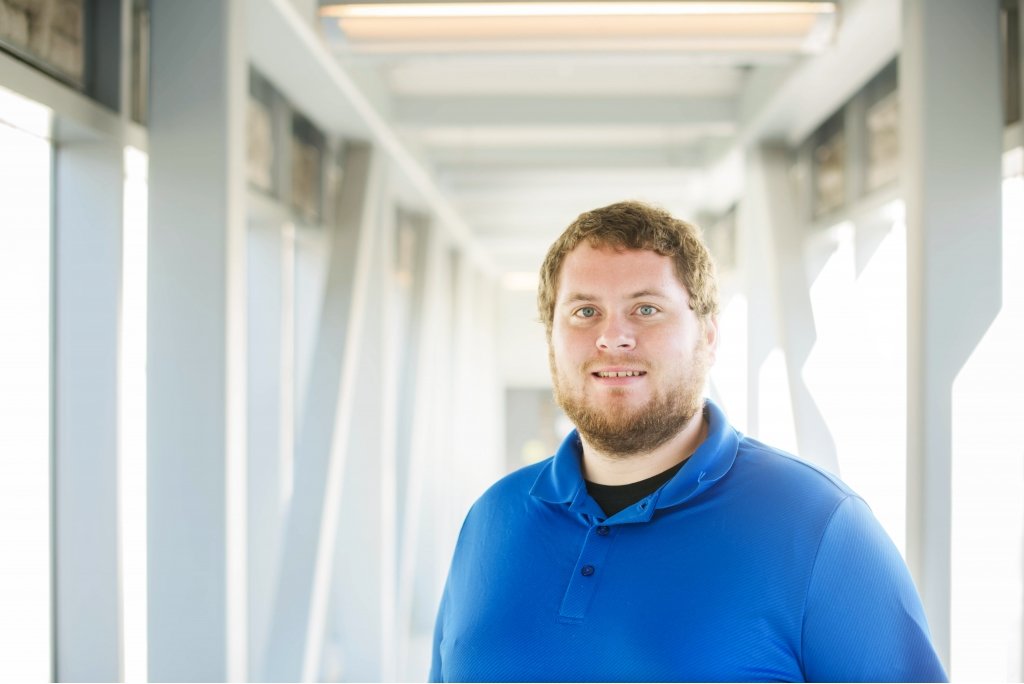Atmospheric science researchers at Michigan Tech no longer have to cross their fingers for cooperative weather—the University's innovative new cloud chamber allows them to head into the lab and make their own.
If Raymond Shaw had his way, we might rethink what we call our home planet.
"If you imagine looking at Earth from outer space, what you see is really only a little bit of earth," says the Michigan Tech atmospheric physicist. "You actually see a lot more clouds and oceans. We call it Planet Earth, but it's really Planet Cloud."
Clouds are key to so many natural processes—climate in particular—that it's hard to overstate their importance. They play a dual role: low, fluffy clouds tend to cool us by reflecting sunlight, while clouds in the upper atmosphere act as a blanket, helping Earth retain heat. However, studying clouds is hard, especially those at high altitudes or over the Arctic, where Shaw and his colleagues have focused some of their recent research.
"You're in an aircraft going a hundred meters a second, and it's impossible to replicate what you've just seen," says fellow physicist Will Cantrell. "You know the old Taoist saying, you never step in the river twice? You never fly through the same cloud twice either."
But now, on the ground floor of Michigan Tech's Dow Environmental Sciences and Engineering Building, scientists have solved the problem by bringing clouds down to earth.
"In our new chamber, you can make virtually the same cloud as many times as you need, until you really understand it," Shaw says.
The fifteen-ton cloud chamber, funded by a $1.4 million grant from the National Science Foundation, arrived in March 2014. It's not the world's first cloud chamber, but it is unique.
By carefully controlling temperature and pressure, it can create turbulence. That means researchers can mimic conditions ranging from an inversion layer (like the ones that trap smog in Los Angeles) to the powerful forces that build thunderheads.
It can also recreate conditions ranging from stratospheric to sea-level, from equatorial to arctic. "In principle, we could study ozone chemistry problems," says Shaw.
The chamber was designed and built by Russells Technical Products of Holland, Michigan, which specializes in environmental test chambers. Michigan Tech alumnus Jim Bench led the project.
"It's a unique piece of equipment, the only one like it," says Bench, who earned a bachelor's in mechanical engineering in 2003.
"It was a really cool project, and it made me proud to serve Michigan Tech, since Tech served me so well with my education."Jim Bench
All the cloud-making action happens inside a big, blue steel box, two meters square and one meter high. It is lined with electropolished steel dotted with a grid of holes; they introduce moisture into the chamber from trays underneath.
The pressure and temperature are regulated via a delicate interplay of compressors, pumps, heaters, and a refrigeration system.
The instrumentation can be controlled remotely, which is convenient not only for the Michigan Tech scientists; it's also a plus for researchers from other universities and labs, who will be able to conduct experiments from anywhere in the world. And a one-meter-wide cylinder (dubbed the Pi Can for its 3.14-meter circumference) can be inserted into the chamber, opening the door to research that can only be done in the round.
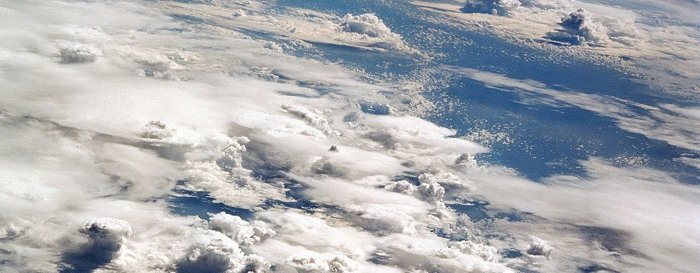
The scientists are calibrating the cloud chamber and planning for the science to come. "Right now, we're concentrating on arctic stratus clouds, which have water and ice present in them at the same time," Cantrell says. "You have these long-lasting systems that shouldn't even exist. Now we can make them right here."
Other projects are also in the works, including one led by Michigan Tech Physicist Claudio Mazzoleni and his wife, Chemist Lynn Mazzoleni. They aim to better understand why aerosol particles mysteriously collapse in on themselves as they drift from North America across the Atlantic to the Pico Mountain Observatory in the Azores.
The cloud chamber has some very down-to- earth applications as well, Shaw notes. "We also hope to address some very immediate, practical questions, like 'Is it going to rain on my picnic Friday?'"
Michigan Technological University is a public research university founded in 1885 in Houghton, Michigan, and is home to more than 7,000 students from 55 countries around the world. Consistently ranked among the best universities in the country for return on investment, Michigan’s flagship technological university offers more than 120 undergraduate and graduate degree programs in science and technology, engineering, computing, forestry, business and economics, health professions, humanities, mathematics, social sciences, and the arts. The rural campus is situated just miles from Lake Superior in Michigan's Upper Peninsula, offering year-round opportunities for outdoor adventure.

